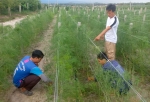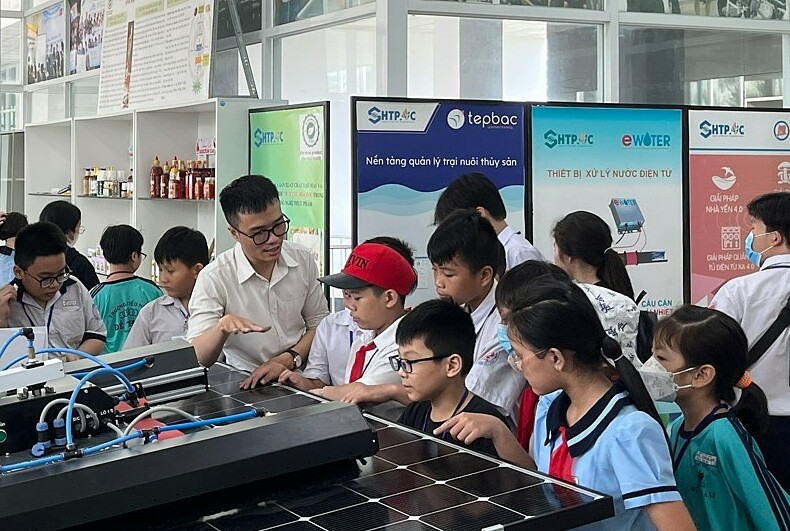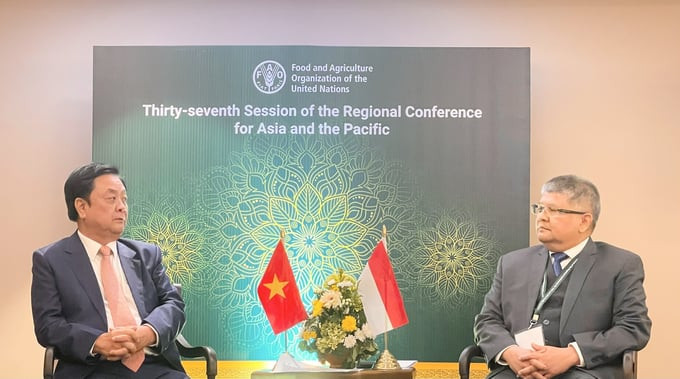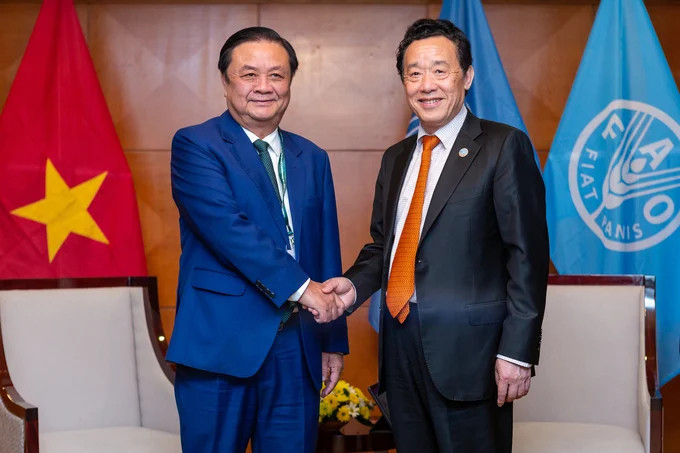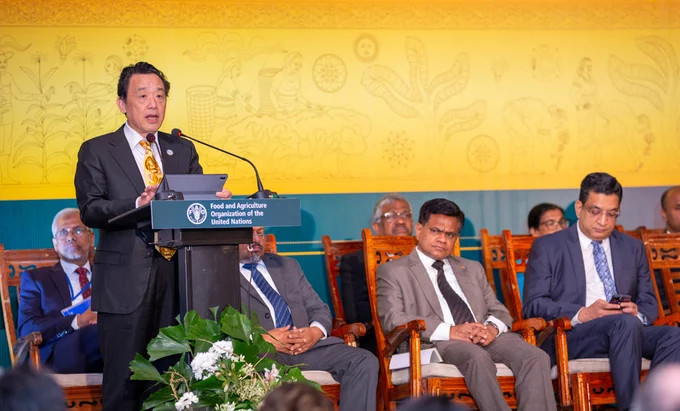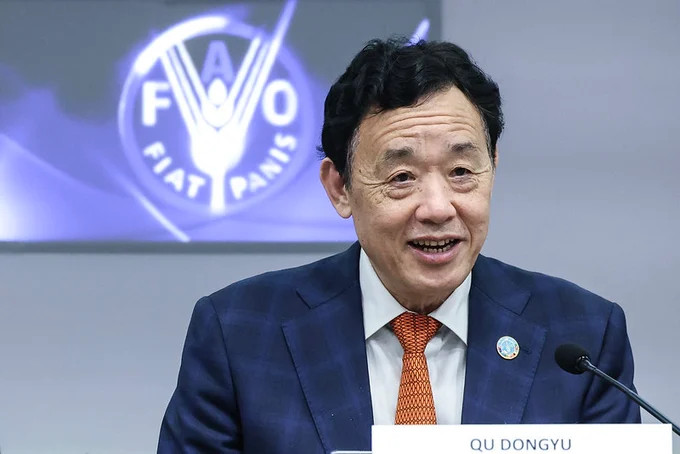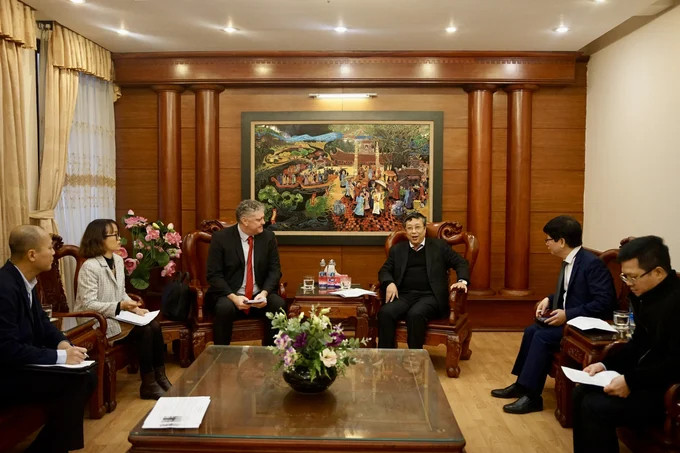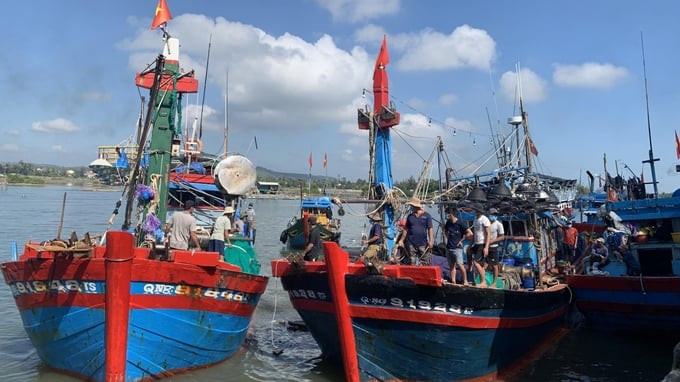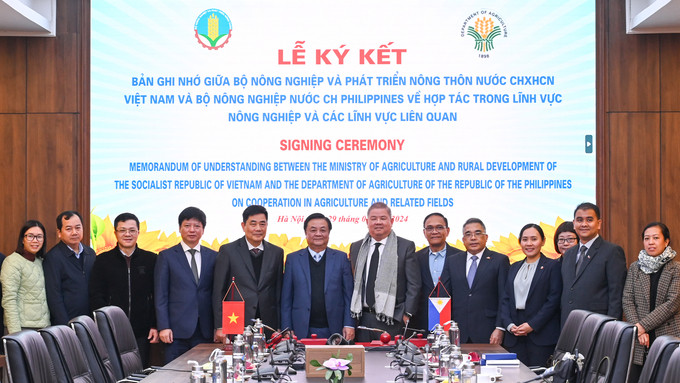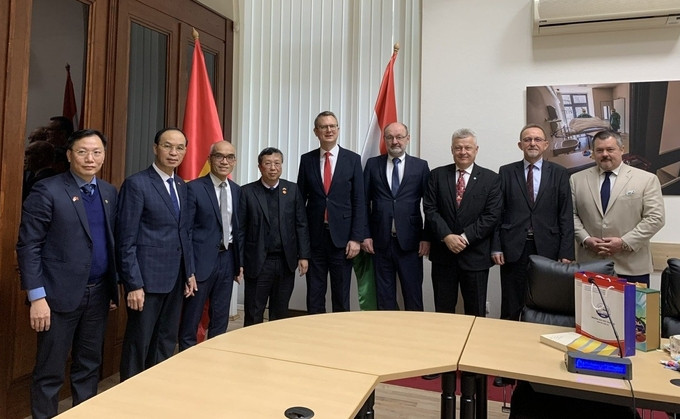Cooperation with organizations and multilateral partners
Linking between Country Program Frameworks (CPFs), FAO Program Priority Areas (PPAS), and UN Collaborative Frameworks (CFs), Program Frameworks and Partnerships are strategic results-oriented to contribute to promote linkages, towards cooperation for sustainable development, in which in the agricultural sector, FAO prioritizes business development mentioned in the Mid-term Plan 2022-2025.
The inter-linkages among them are presented as follows:
BP1: Green Innovation
BE1: Climate change mitigating and adapted agri-food systems
BP2: Blue transformation
BP5: Digital agriculture
BP3: OH
BN3: Safe food for everyone
BL2: Inclusive rural transformation
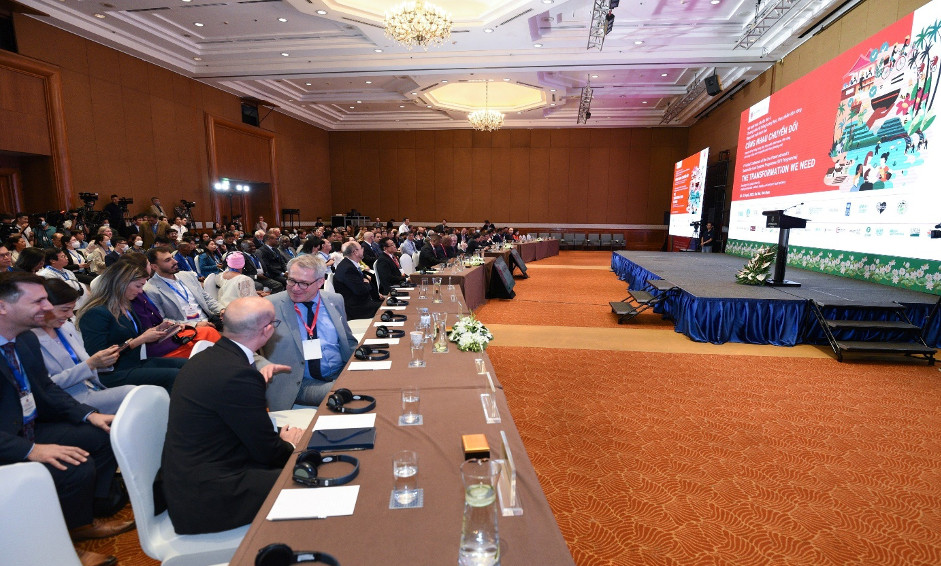
The 4th Global Conference on Sustainable Food Systems, with the theme "Transforming a healthy, sustainable food system, adapting to climate change and inclusiveness in the context of a new crisis, takes place from April 24 to 27, 2023 in Hanoi
Given the challenging context so far and the limitation of resources mobilized for CPF, it will be impossible for FAO and MARD to fulfill CPF outcomes and meet selected SDGs without strengthening partnerships with multilateral institutions, such as the UN (UNDP, UNESCO, UNICEF, WHO, etc.), and other development partners. Leveraging multilateral expertise and convening power through different types of partnerships on climate change, innovative finance, nutrition, and One Health to capture both domestic and foreign private finance is an important area that Viet Nam could benefit from.
South-South and Triangular Cooperation (SSTC) and other forms of partnerships with social organizations, farmers’ organizations, academia, and the private sector are fundamental to help realize and sustain CPF results and outcomes.
The CPF is co-owned and managed by MARD and FAO, and the coordination and implementation mechanisms are grounded in this basic principle. In addition to the principal cooperation with MARD, key partnerships with other line Ministries include the Ministry of Finance (MOF); the Ministry of Health (MOH), responsible for the National Nutrition Strategy and focal point for food safety. Ministry of Industry and Trade (MOIT), responsible for the production industries, domestic markets, and international trade. Ministry of Labor - Invalids and Social Affairs (MOLISA), responsible for rural employment, social protection, and poverty reduction. Ministry of Natural Resources and Environment (MONRE), responsible for natural resources management. Ministry of Planning and Investment (MPI), responsible for sustainable development and poverty reduction.
Engagement with the private sector and NGOs for information sharing and co-implementation of projects/programs will play an important role in CPF roll-out. The CPF will be pursued in partnerships as broad as possible and in alignment with the joint efforts of the Government and the development partners for enhanced coordination and aid effectiveness.
The MARD and FAO look forward to seeking collaboration and support from all concerned partners for the successful implementation of CPF and SEDP 2021-2025.
Financing outlook and funding opportunities

Many international organizations accompany Vietnam in the field of agriculture
As per FAO, the total budget required for CPF implementation is USD 36 million. So far, USD 3.5 million, representing 10 percent of the total budget. The amount of money is secured from FAO’s Technical Cooperation Programme (TCP) and from the trust fund sources (including Government Cooperation Programme and new climate-financing mechanisms).
As a contributing UN entity, the FAO will monitor and report on the progress of CPF outcomes and provide periodic inputs to update the UN CCA for adaptive programming. With support from the Resident Coordinator (RC) and the Monitoring and Evaluation (M&E) group, the FAO will use the online platform UN INFO to monitor and report results delivered by FAO individually and jointly with other UN entities.
The FAO may participate in CF evaluations as necessary and in consultation with the Office of Evaluation (OED).
The CPF's logical framework (including its metrics) will be an important basis for CPF monitoring and evaluation. This logical framework will be continuously updated and refined after CPF outcomes and outputs have been agreed upon and approved by MARD and will be updated annually.
Within CPF, there are two levels of M&E: CPF evaluation itself, and CPF implementation M&E.
The evaluation will align with national monitoring systems, tools, and processes, including those applied for the monitoring of the progress toward the achievement of SDGs.
FAO will plan the independent assessment in collaboration with MARD to mobilize resources, utilize existing reports/assessments conducted by relevant agencies, and ensure cost-effectiveness for all parties involved.
The FAO Vietnam Office and relevant Government agencies will be responsible for monitoring and evaluating the implementation of the CPF in consultation with donors and other partners.
By signing the National Program Framework for the period of 2022-2026, the Ministry of Agriculture and Rural Development of the Socialist Republic of Vietnam and the Food and Agriculture Organization of the United Nations commit to continue cooperation effectively cooperate to achieve the set objectives, based on the human and financial resources provided.
Translated by Linh Linh






